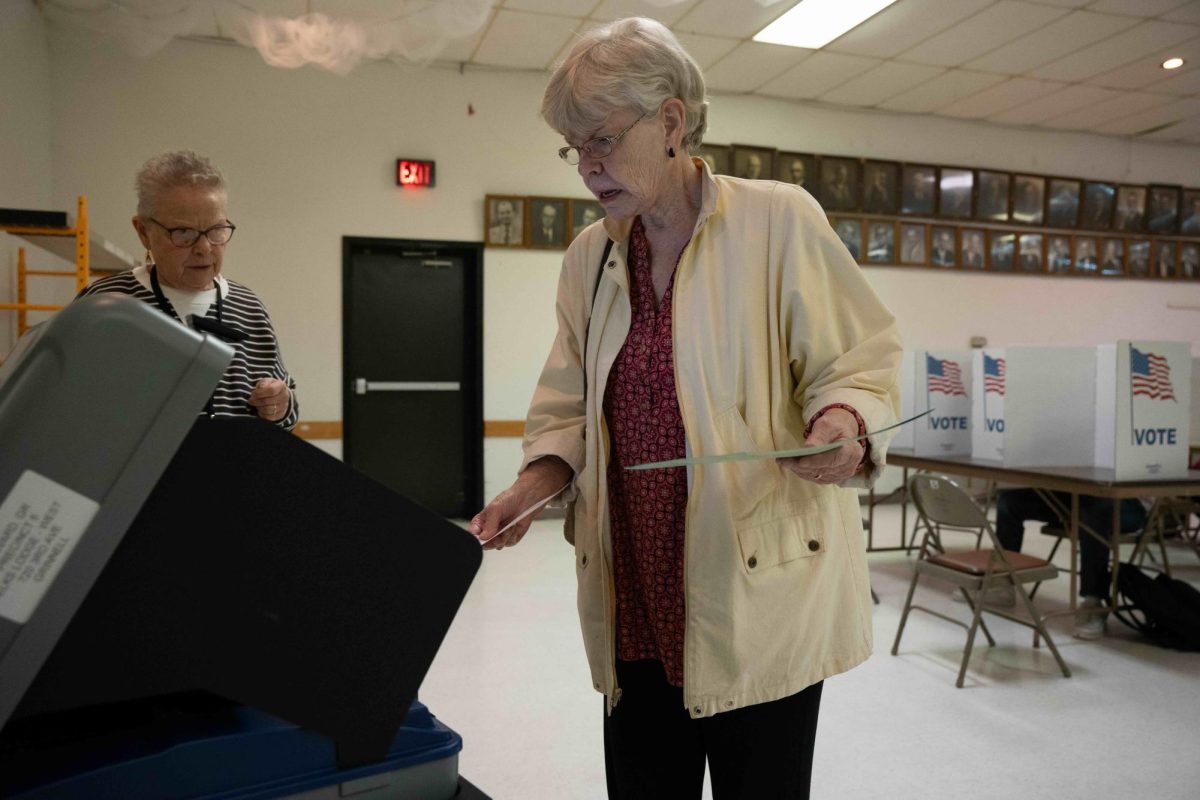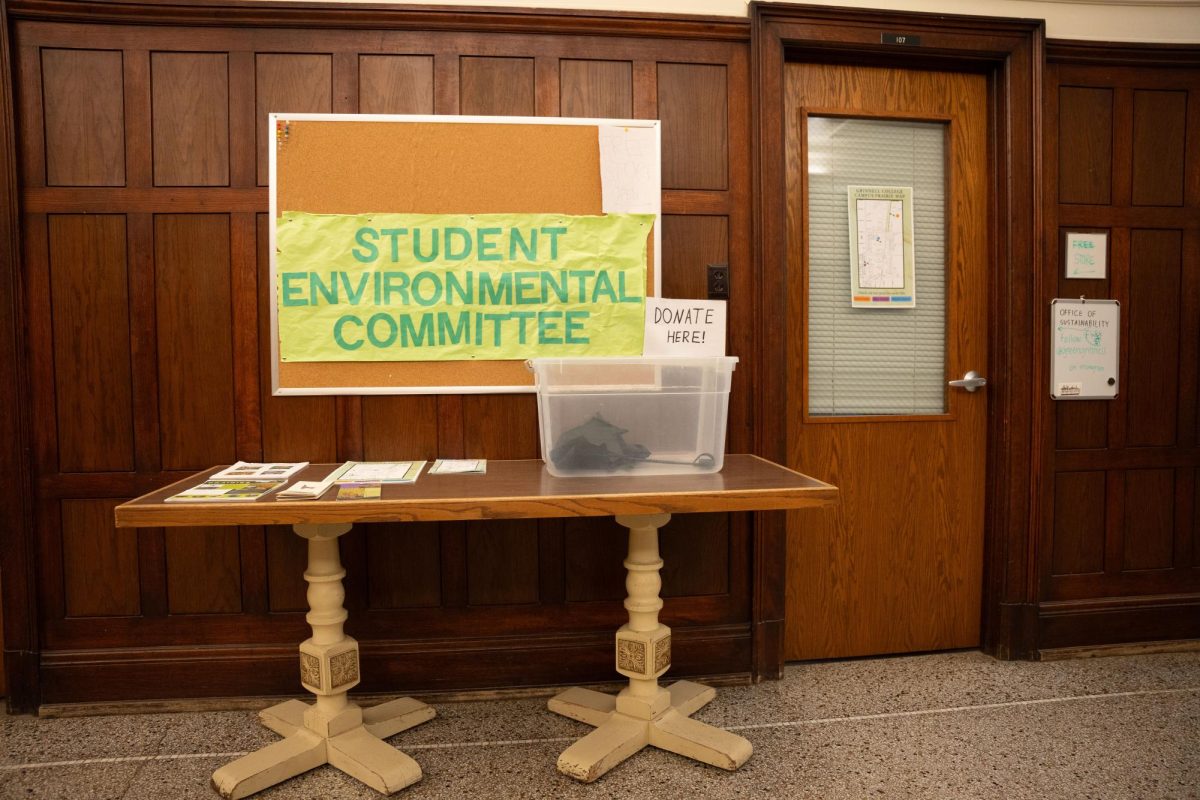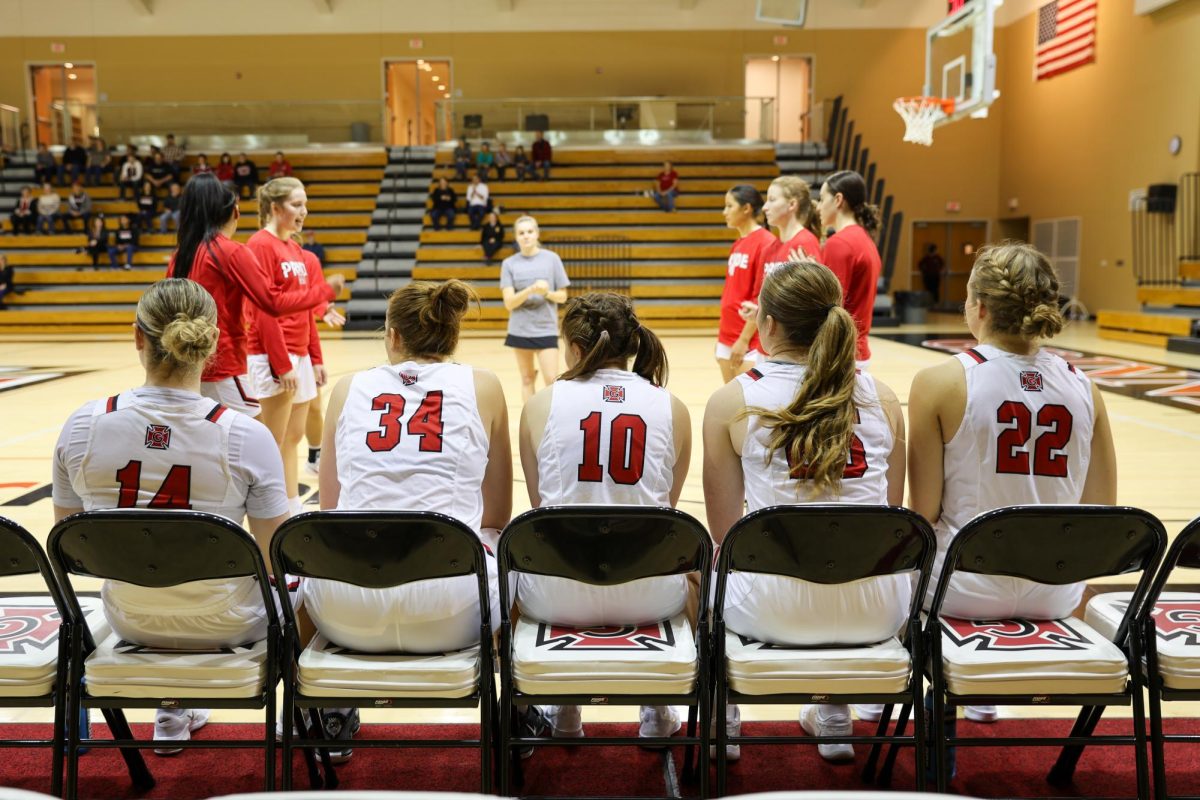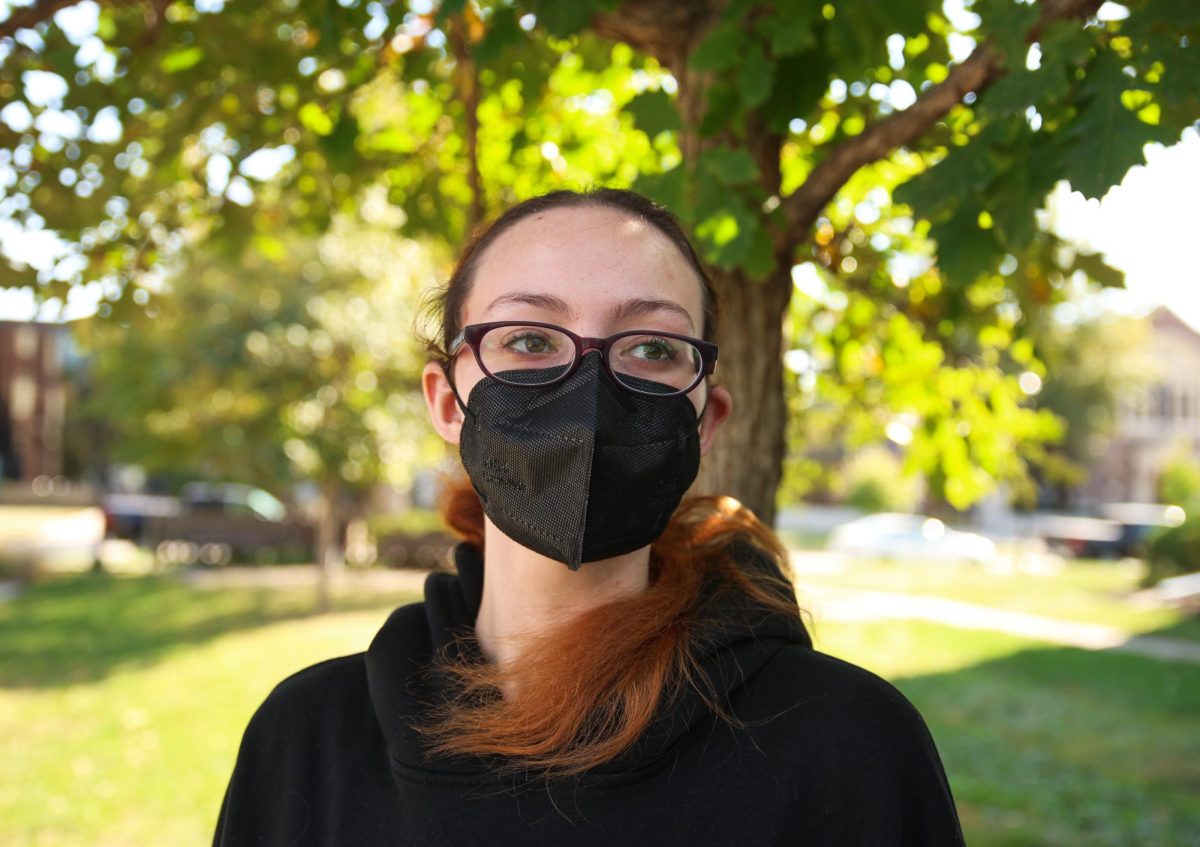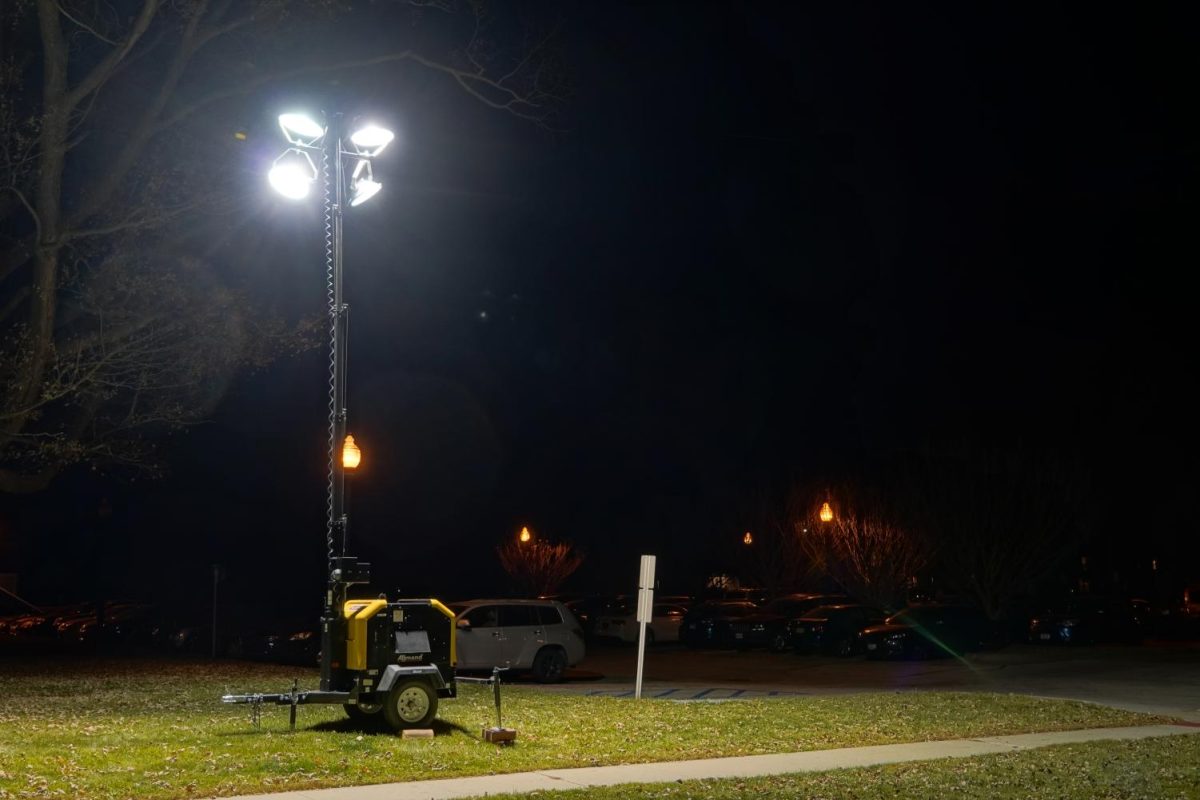By Teresa Fleming, News Editor, flemingt17@grinnell.edu![]()
Last Wednesday, Aug. 26, Grinnell College announced a number of changes to the student handbook. The changes aim to clarify the handbook’s existing guidelines, update outdated language and ensure compliance with federal policies.
Andrea Conner, Associate Vice President of Student Affairs, said that yearly revisions of the student handbook are a regular practice at Grinnell.
“Every year, except last year, in recent history we do send an annual notice,” Conner said. “Anytime there are major changes we like to highlight them in the email in case students have to prioritize what part of the handbook they’re going to read.”
A new addition to this year’s handbook is a chapter which deals specifically with Title IX-related processes. Conner said the chapter was added in response to feedback from students that prior editions of the handbook did not clearly articulate Title IX policy.
“We added a chapter in the conduct processes sub-section of the handbook and we added a chapter that was specific about Title IX-related processes,” Conners said. “Before, it was interwoven into the other conduct processes … it was way too confusing.
“We wanted it to be easier for students to find,” added Sarah Moschenross, Dean of Students.
In addition, the student handbook links to an updated version of the “Grinnell College Policy, Procedures and Guide to Preventing, Reporting, and Responding to Sexual Misconduct and Other Forms of Interpersonal Violence.” This guide, which is owned by Grinnell’s Title IX office, is also updated annually.
Vice President of Student Affairs Dixon Romeo ’16 worked over the summer to make Title IX processes more transparent for students. Dixon leads a Title IX working group which released a list of frequently asked questions about Title IX policy and the procedures in place for reporting sexual misconduct. The list of questions is available online through Grinnell’s Sexual Respect web page.
“It all started because students voiced that they didn’t know what happened when you went through the process,” Dixon wrote in an email to The S&B. “Even if you aren’t even thinking about reporting or making a claim or anything like that, it’s still just a nice thing to look at … I would say for any student curious to learn about what it’s like to go through the process, that document is a very good thing,”
Other changes to the handbook include the Hate Crime and Bias-Motivated Incident Policy, which was updated to reflect recent changes in the Office of Diversity and Inclusion. The new policy clarifies that hate crimes and bias-motivated incidents should be reported to Campus Safety and Security or a Residence Life Coordinator.
The Alcohol and Other Drugs Policy was also expanded to comply with federal regulations, which require clauses explaining the health risks of certain drugs, resources for dealing with substance abuse, and a list of the campus and civil penalties students are liable for. Conner said that the policy was also restructured to be more readable for students.
Ultimately, Conner encouraged students to engage with student handbook policy by getting in contact with the many administrators who put together the book.
“One of the cool things about our handbook that we did several years ago is that you can see at the end of each policy who the author is,” Conner said. “So if students have opinions, questions or thoughts about any particular policy, right in the handbook you can see who the staff keeper of that policy is. As always on a small campus we encourage students to work directly with the author of the policy that is of interest to them.”


